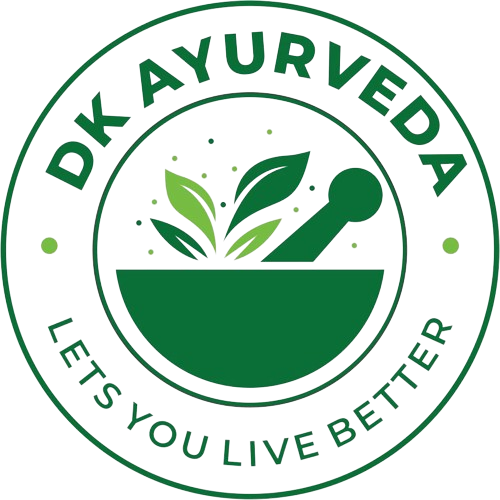Agnikarma

Agni Karma is ideal for curing ailments such as sprains, heel pain, headaches, sciatica and arthritis. It is usually done for 2 to 3 minutes
What is Agnikarma?
According to Ayurveda, Agnikarm is a superior para surgical procedure. This procedure aims at management of various afflictions by inflicting burns on the tissue surface directly by using different materials known as ‘Dahanopakaranas’(tools of cauterization).
Agni Karma is ideal for curing ailments such as sprains, heel pain, headaches, sciatica and arthritis. It is usually done for 2 to 3 minutes
What is Agnikarma?
According to Ayurveda, Agnikarm is a superior para surgical procedure. This procedure aims at management of various afflictions by inflicting burns on the tissue surface directly by using different materials known as ‘Dahanopakaranas’(tools of cauterization).
What are tools of cauterization?
These are different materials subjected to heat and used for therapy in different conditions. The specificity of tools of cauterization depends on the disease status concerned. For superficial conditions, materials used are of minimum latent heat, whereas in deeper tissues used objects are with maximum latent heat. On this concept, in classics, for the diseases of skin surfaces the materials used for Agnikarma are Pippali (Piper longum), Aja Shakrit (feces of Goat), Godanta (Teeth of Cow), Shara (Arrow), Shalaka (Probes), Varti(Wicks), Suryakanta (Variety of stone) etc. Likewise, for the diseases of muscles Loha (Iron), Swarna (Gold), Tamra (Copper) and Kamsya (bronze) are used. In deeper and strong tissues like bones, ligaments, tendons, vessels etc., Madhu (Honey), Guda (Jaggery), Vasa(Fat), Ghrita(Ghee), Taila(Oil), Madhucchishta(Beewax ) are used.
‘Pancha dhatu shalaka’ has been used on a regular basis for the purpose of Agnikarma irrespective of the structure involved or level of the pathology. The Pancha dhatu shalaka is made up of Copper, Brass, Bronze, Lead and Tin (in equal quantity).
What are all the conditions treated with Agnikarma?
> Painful conditions of bones and joints.
> Joint stiffness
> Muscle spasm
> Tennis elbow
> Calcaneal spur
> Plantar fasciitis
> Osteoarthritis
> Headache
> Sciatica
> Early stages of Hernia
> To remove the wart
> To excise the corn from the heel
> To excise the external piles
> Disc prolapse
> Low back ache
> Trigger thumb
> To remove the mucocele of lip, tongue etc
> To excise some extra growths of skin and muscle
> For the excision of fistula tracks, etc.
How Agnikarma(cauterization) helps to relieve the pain?
Here the heat, which is transferred to skin acts by removing the obstruction in the Srotas(minute channela) and increases the blood circulation to the affected site. The rate of any metabolic activity is increased by a rise in temperature. From the therapeutic point of view with an appropriate rise in temperature, all cell activity increases, including dilatation of vessels, cell motility, synthesis and release of chemical mediators. More blood circulation, flushes away the inflammation and patient gets relief from the symptoms. Afferent nerves stimulated by heat is having an analgesic effect by acting on the gate control mechanism.
Is there any contraindication for Agnikarma (cautery)?
Persons of Pitta prakruti, emaciated, children, old aged, sensitive, pregnant, multiple ulcers in the body, anemic, obesed, indigestion, alcoholic, poison affected, low immunity etc are not recommended for this therapy.
Is there any complications?
Improperly performed Agnikarma will lead to severe burning sensation, increased pain, destruction of tissue, suppuration, bleeding, non healing ulcer formation etc.
Properly performed Agnikarma by skilled surgeon will give excellent result in several conditions. On the other hand improperly performed will lead to many complications.
